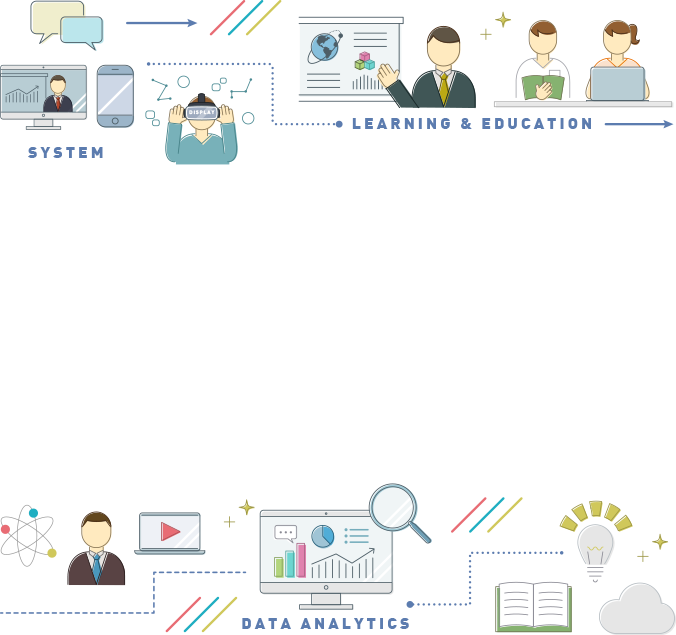Hello everyone! In this article, I would like to share with you the content of the paper we discussed in this English literature seminar and my impressions of it.
Title: Predict or describe? How learning analytics dashboard design influences motivation and statistics anxiety in an online statistics course
Journal: Educational Technology Research and Development
Volume and Pages: Vol. 69, pp. 1405-1431
Year of Publication: 2021
Authors: Natercia Valle, Pavlo Antonenko, Denis Valle, Max Sommer, Anne Corinne Huggins-Manley, Kara Dawson, Dongho Kim & Benjamin Baiser
https://doi.org/10.1007/s11423-021-09998-z
Statistics courses are integral to many university curricula, yet students often experience anxiety due to their perceived difficulty. This anxiety encompasses various aspects such as values, interpretation, exam anxiety, mathematical computation, help-seeking anxiety, and negative attitudes toward teachers. Additionally, online statistics courses may exacerbate anxiety due to the requirement for proficiency in statistical software.
Motivation plays a crucial role in influencing students’ anxiety levels and learning outcomes in statistics courses. For instance, learners with test score anxiety may struggle with effective metacognitive strategies, while intrinsically motivated students tend to experience positive emotions and employ appropriate learning strategies, thereby enhancing their learning outcomes. In this study, two types of Learning Analytics Dashboards (LADs) were developed based on Achievement Goal Theory to investigate their effectiveness in reducing statistics anxiety and improving learning outcomes in an online learning environment.
The study involved 179 participants enrolled in a graduate online statistics course, who were divided into three groups (control, descriptive, and predictive) over two semesters. The participants were free to use their respective LADs:
– Predictive LAD: Displays the probability of achieving different grades based on performance in quizzes after each class, focusing on individual mastery without class comparison elements.
– Descriptive LAD: Presents the learner’s performance alongside class average performance, emphasizing individual performance in comparison to peers.
– Control group: Utilized default LAD for online courses, featuring descriptive data from weekly quizzes and overall class performance.
Measurement tools included motivation-related items from the Motivation Strategies for Learning Questionnaire (MSLQ) and the Statistics Anxiety Rating Scale (STARS) questionnaire to assess pre- and post-test motivation and statistics anxiety. Quiz scores and final grades were analyzed as learning outcomes.
The results, analyzed using Tobit regression models, revealed a significant positive interaction between the use of predictive LADs and prior internal goal orientation, indicating that the effectiveness of predictive LADs varied with learners’ intrinsic motivation levels. Both predictive and descriptive LADs were found to reduce learners’ negative attitudes toward statistics compared to the control group, aligning with the mastery and performance goal-oriented components of Achievement Goal Theory. However, no significant effect on learning outcomes was observed across LAD types, suggesting the need for further research to develop designs that impact learning outcomes.
In my opinion, the approach of designing LADs based on mastery and performance goal orientation provided valuable insights, as I previously categorized LAD design solely in terms of individual learning data and social comparison data. Additionally, the utilization of Tobit regression models for data with ceiling effects, such as test scores, was informative. Moving forward, I am interested in understanding how learners’ anxiety and motivation toward statistics change before and after using LADs. Moreover, analyzing overall motivational changes considering the dynamic relationship between extrinsic and intrinsic motivation would offer deeper insights into student learning experiences.
(Writer: Dr. Xuewang Geng)







